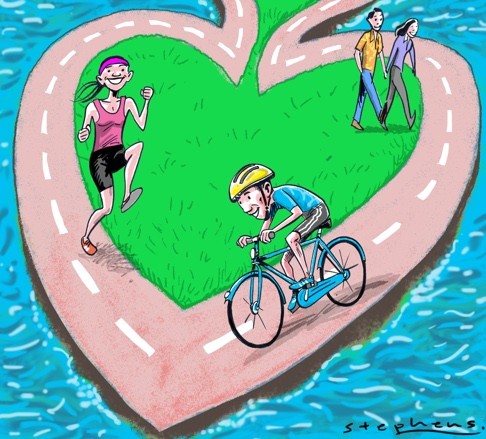
Turn Hong Kong’s harbourfront into an urban haven for people, rather than cars
Simon Blore believes a network of paths for walking and cycling would reduce carbon emissions and offer Hongkongers a healthier way of life


According to the Economist Intelligence Unit’s Global Liveability Ranking 2015, Hong Kong has slipped out of the top 30. Cities that offer a range of recreational activities with green space, cultural assets and unencumbered infrastructure seem to be coming out on top.
It is proven that creating more space for cars does not reduce congestion; it actually induces demand
Comparing Hong Kong’s harbourfront developments to those in cities such as Singapore, Sydney and San Francisco, ours appears disconnected, underutilised and lacks public space and amenities. According to a study by the Harbour Business Forum, only about 31 per cent of land around Victoria Harbour is accessible, where continuous waterfront promenade and landscape areas are provided. The rest is inaccessible largely because of highways. This is being improved on with the West Kowloon Cultural District, Tamar Park and the Wan Chai waterfront, but it is still a largely disjointed picture.
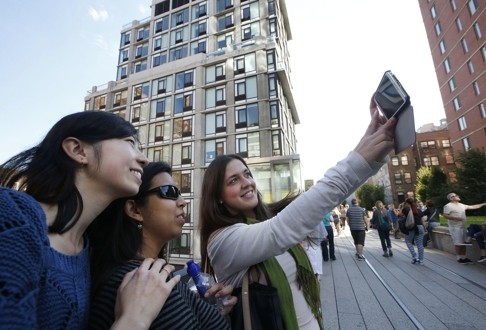
Space for public parks, cycle and running paths are an important addition in any city, used to connect the urban and natural world. By offering zero-emission alternatives like cycling and walking, car use can be minimised, and health and well-being increased.
We all know that space in Hong Kong is limited, so how do we balance the needs for open space with spaces for buildings and infrastructure?
As New York’s High Line, an elevated park converted from an old railway line, has shown, investment in low-carbon public spaces can and does generate economic returns. Costing US$115 million, the High Line has created an estimated US$2.2 billion in new economic activity along the route and helped rejuvenate the west side of Manhattan. It has also created an estimated 12,000 new jobs and now attracts some 5 million visitors a year.
Closer to home, in Seoul, a once-busy road has been dug up and replaced with an urban park featuring a central canal. Cheonggyecheon is now a top tourist attraction. The waterway helps cool the temperatures in nearby areas, and so acts to reverse the heat island effect that plagues many modern cities. Hong Kong’s stifling summers could certainly benefit from some cooling.
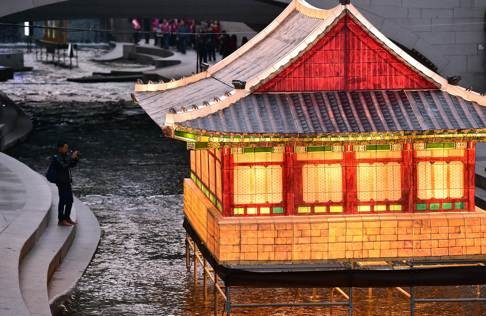
Although Hong Kong is the best place in the world for people to travel around, we fall well behind in measures of cycle and walking paths, and air quality
It is proven that creating more space for cars does not reduce congestion; it actually induces demand. This phenomenon is called the Downs-Thomson Paradox. For example, in 2000, China had 16,300km of expressways. This had increased to 70,000km by 2010. Yet, an average car commute in Beijing took 1 hour, 55 minutes in 2013, an increase from 1 hour, 30 minutes in 2012.
Building more roads for private use is therefore not the answer. Although Hong Kong is the best place in the world for people to travel around, according to an Urban Mobility Index report in 2014, it is no surprise that we fall well behind in measures of cycle and walking paths, and air quality.
Although our city fared well in most indicators of the 84-city study (MTR, buses, trams and roads), its score in cycle path density was the lowest of the top 11 cities. Hong Kong had only 187km of cycle paths for every 1,000 square kilometres of land, compared to 4,041km in Stockholm, 3,502km in Amsterdam and 280km of cycle paths in Singapore, at the time of reporting.
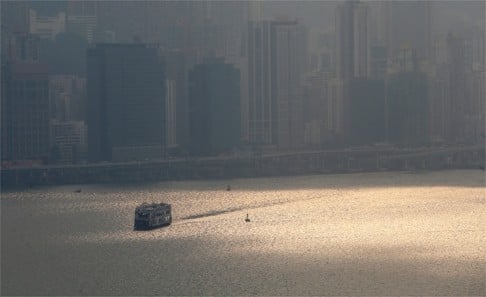
Hong Kong’s Transport Department has said it is promoting a bicycle-friendly environment in rural areas, new towns and new development areas, and there is an ongoing review of the city’s cycling policy. However, it is unlikely that this policy will embrace cycling as an integrated mode of transport in the city centre. Regrettably, Hong Kong did not do well in the air quality indicators, either.
These factors all feed into the Global Liveability Index, where Hong Kong plunged 16 places, from 17th last year, to rank 33rd in the world in terms of liveability in 2015, according to ECA International.
Part of the problem is that Hong Kong has a major deficit of space and zero-emission modes of transit like cycling, walking and running as a functional means of getting around, not just a leisure pursuit.
Hong Kong’s population is projected to increase from about 7 million currently to more than 8 million by 2041. This will further strain our public transport system and will surely exacerbate the congestion.
If we allow more cars on the road, vehicle emissions will further worsen Hong Kong’s air quality and endanger the health and well-being of residents.
In Belgium and Switzerland, 48 per cent of the population rides, 57 per cent do so in Japan, and 60 per cent in Finland. Staggeringly, in Copenhagen, 52 per cent of the population commutes daily by bicycle. Imagine if half of Hong Kong’s residents were doing the same.
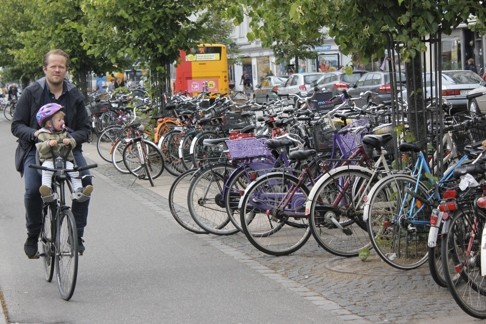
Studies from Denmark tell us that for every kilometre cycled, society enjoys a net profit of 23 cents, whereas for every kilometre driven by car, we suffer a net loss of 16 cents, according to the Copenhagenize Index of the most bike-friendly cities in the world.
A project such as HarbourLoop, a vision to transform the contours of Hong Kong’s waterfront into a 23km urban cycling, running and walking network, announced last week, will create new public space, and potentially make Hong Kong more accessible for tourists, walkers, runners and cyclists.
Hong Kong is compact, so a solution like this could shorten commuting times, while also reducing the conflict with road users. The urban density also means that more than 1.7 million residents live within a 10-minute walk of the harbourfront.
Despite the urgency, the public support, and the business and environmental case, Hong Kong still seems at odds with the idea of travelling on two feet or two wheels. Concurrent with the UN climate change conference in Paris, with its regional and world focus on the environment, we have a golden opportunity today to make a difference for tomorrow.
Simon Blore is a director of Lead 8, a multidisciplinary architecture and design studio in Hong Kong, and part of the HarbourLoop design team